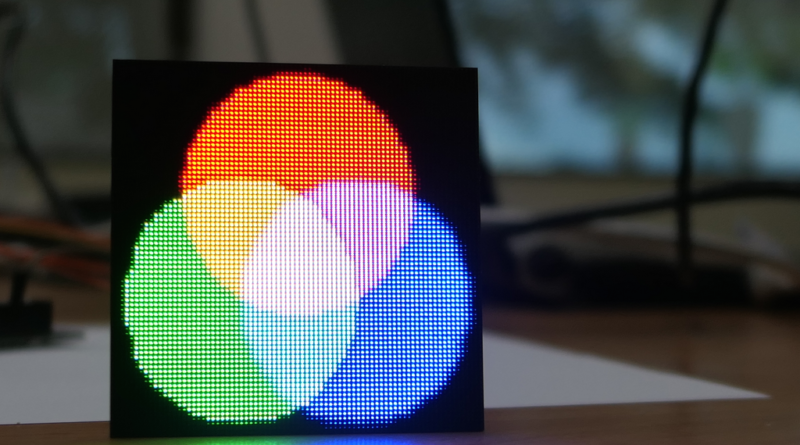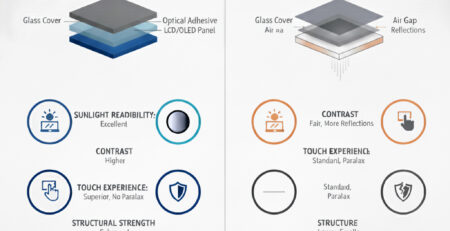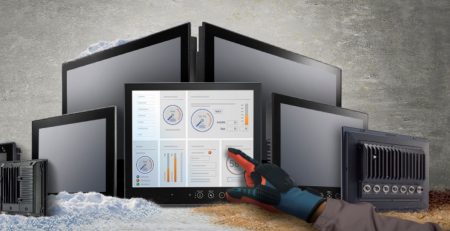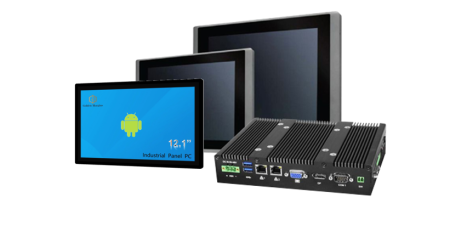With the widespread application of Mini LED display technology in the field of high-end display, its ultra-high brightness characteristics pose a severe challenge to the heat dissipation system. This article will analyze the technical characteristics and application effects of the current mainstream Mini LED heat dissipation solutions.
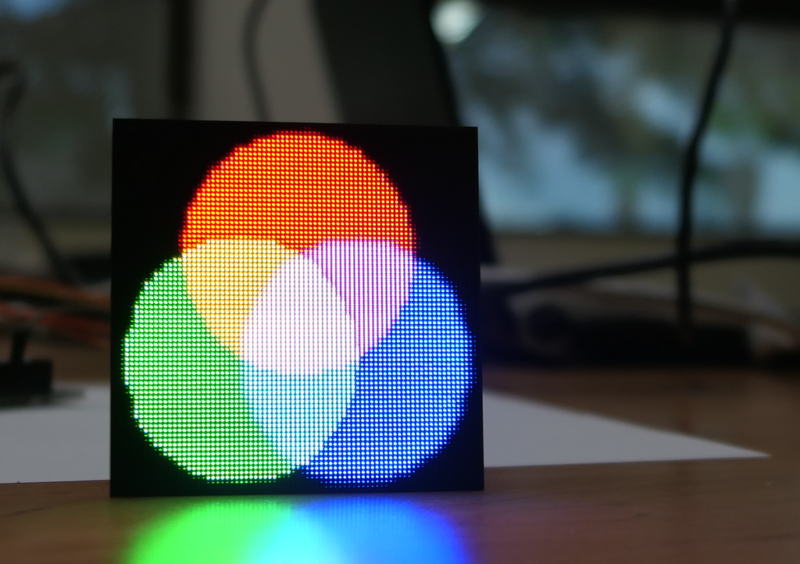
Heat dissipation requirements and technical difficulties
The heat flux density of the backlight module with a brightness of more than 1000nits can reach 3-5 times that of the traditional backlight. Heat accumulation leads to a decrease in Mini LED light efficiency, aggravated color deviation and even device failure. The heat source mainly comes from the loss of chip quantum efficiency and the loss of the driving circuit.
Metal substrate heat dissipation solution
The most mature solution for Mini led uses a high thermal conductivity metal substrate (aluminum/copper). The 1.5mm aluminum alloy substrate provides 6-8W/m·K lateral thermal conductivity, and the anodized surface meets the electrical insulation requirements of it. The copper substrate has better thermal conductivity (400W/m·K), but the cost and weight are relatively high, and it is mostly used in the local hot spot area of it.
Phase change material assisted heat dissipation
In the space-constrained Mini LED scene, the value of phase change material (PCM) is significant. Paraffin-based PCM has a latent heat value of 250kJ/kg in the range of 50-60℃, which can effectively buffer the instantaneous heat load of it. Graphene-enhanced composite PCM increases the thermal conductivity to 15W/m·K, solving the thermal conductivity bottleneck of traditional materials.
Microchannel liquid cooling technology
Aiming at the demand of Mini LED above 2000nits, the heat transfer coefficient of the microchannel liquid cooling system exceeds 10000W/m²·K. 50-200μm microchannels are combined with deionized water, and the fully welded module ensures the anti-blocking and sealing of the system.
Thermal simulation and optimization design
Mini LED heat dissipation design relies on CFD simulation, which can optimize the arrangement of heat dissipation teeth to reduce the junction temperature by 8-12℃, while reducing the material consumption by more than 20%.
In the future, Mini LED heat dissipation technology will evolve towards multi-physics field coupling design, breaking through the high power density heat dissipation bottleneck in ultra-thin form through interdisciplinary innovation.


